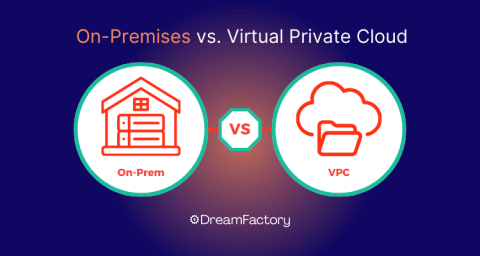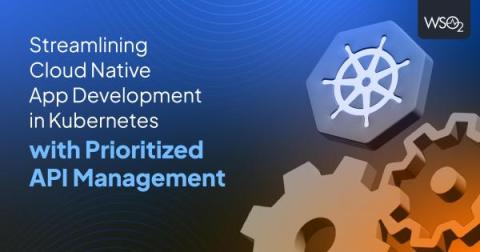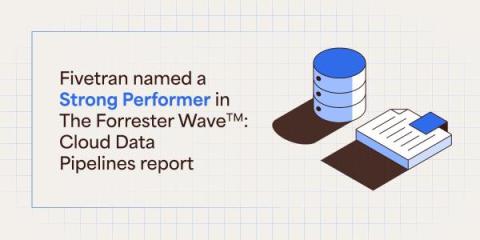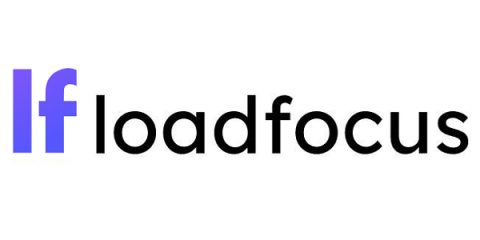Deploy your app to App Store Connect with Codemagic CLI tools and GitHub Actions
The process of building, code signing, and publishing mobile apps can be tedious and time-consuming, especially when working in a large team and also needing to share builds with QA engineers. That’s why Codemagic offers a cloud-based CI/CD service for mobile apps that automates the whole workflow with minimal time-effort on configuration. But what if you want to use Codemagic’s features locally or in another CI/CD environment, such as GitHub Actions?











